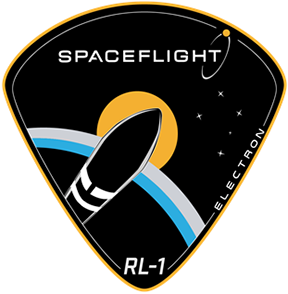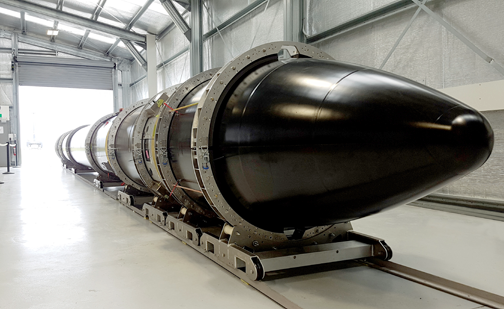

Spaceflight will launch seven spacecraft from five organizations later this month on Rocket Lab’s Electron rocket from Launch Complex 1 at the southern tip of Mahia Peninsula, on the east coast of New Zealand’s North Island.
This mission, also called “Make It Rain” by Rocket Lab as a nod to the weather in Seattle and New Zealand, represents Spaceflight’s first of five launches scheduled with Rocket Lab this year.

Satellites on the mission include:
—BlackSky’s Global-3

—Two U.S. Special Operations Command (USSOCOM) Prometheus, Melbourne Space Program’s ACRUX-1
—Two Swarm SpaceBEEs, and an undisclosed customer.
Spaceflight managed the procurement, integration, and mission management services for all the customers manifested on the Electron. The cubesats were processed and integrated in Spaceflight’s Auburn, Wash.-based facility while BlackSky shipped its smallsat directly to the Rocket Lab facility in New Zealand for its final integration by the Spaceflight team.

Spaceflight’s Electron launch vehicle.
This mission marks Spaceflight’s third launch of 2019. It follows the successful launch and deployment of 21 spacecraft aboard PSLV C45 in March 2019 as well as the GTO-1 mission, launching the first commercial lunar lander in February aboard a SpaceX Falcon 9. Additionally, in December 2018, Spaceflight executed the company’s historic dedicated rideshare mission, SSO-A, which launched 64 unique smallsats.
To date, the company has negotiated the launch of more than 260 satellites and has plans for approximately 10 more missions in 2019 launching nearly 100 payloads across a wide variety of launch vehicles, including the Falcon 9, Antares, Electron, Vega, Vector, PSLV, and LauncherOne.
Curt Blake, CEO of Spaceflight, said the company is looking forward to this inaugural flight with Rocket Lab as well as a long-term partnership to increase access to space via frequent launches. Having the Electron in the firm’s arsenal of small launch vehicles provides customers with a low-cost, flexible option to get on-orbit.
Brian O’Toole, the CEO of BlackSky, added that after launching the company’s first two Earth Observation (EO) satellites to Sun-Synchronous Orbit (SSO) in 2018, the firm is excited to get Global-3 up in a mid-inclination orbit to further deliver on the rapid revisit rate necessary to monitor locations of interest around the world. As BlackSky continues constellation expansion, it will be critical to leverage the frequent launch cadence Spaceflight offers through Rocket Lab and others and the company is excited to be on this inaugural mission.

